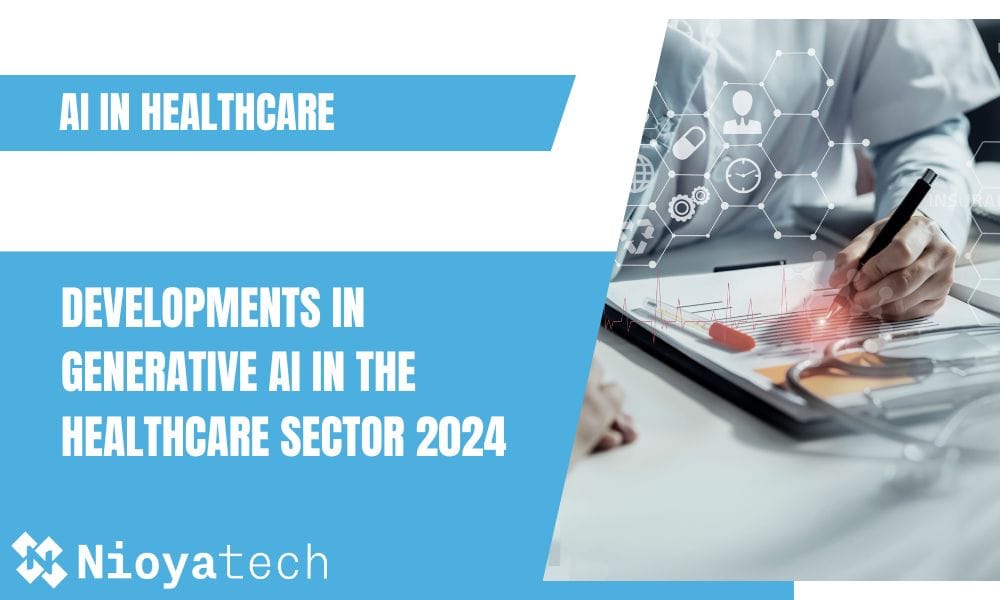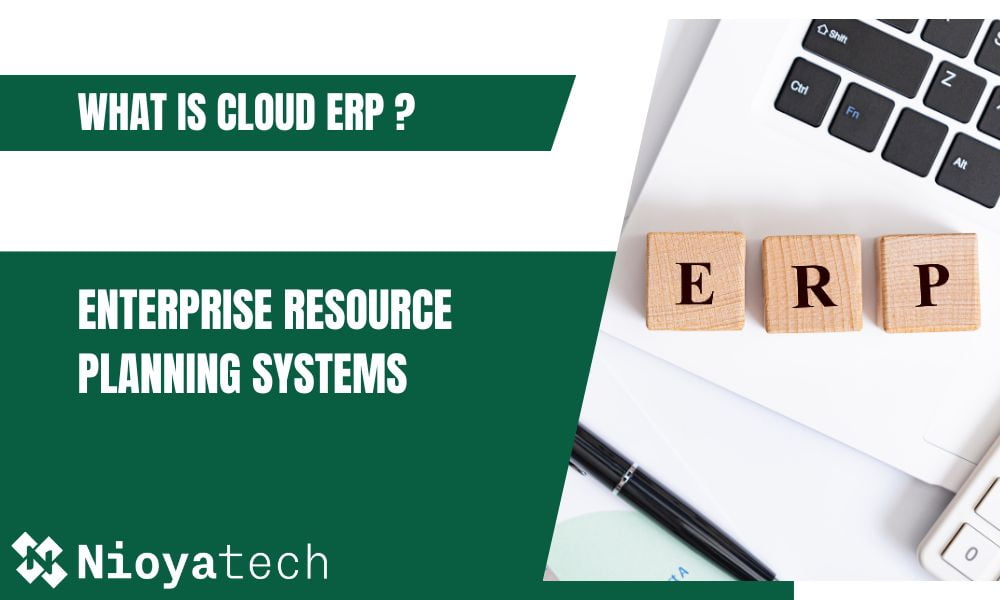Agile Software Development is an umbrella concept developed to respond quickly and consistently to the ever-evolving and changing software needs in the field of project development. Agile Software Development benefits the software teams and the organization as a whole. “The 16th annual State of Agile report” supports this result. According to the report, 2022 data states that ”47% of teams are measured by on-time delivery, and a whopping 44% are measured by business objectives achieved.”
With the remodeling of the traditional project development and software development approach, known as Waterfall, to be more product and team-oriented, it is rapidly adopted by many companies in its field and gives life to business development models. Agile Software Development includes around 50 approaches, frameworks, and methodologies; some of the most well-known are Scrum, Kanban, Lean, CI/CD, and Extreme Programming(XP).

History of Agile Software Development
The Agile approach became famous with the declaration “Manifesto for Agile Software Development“, announced to the IT industry by 17 software developers who came together in Utah in February 2001 and called themselves “The Agile Alliance”. The declaration contains 4 values and 12 principles and is known today as the ”Agile Manifesto”. 4 values are:
- “Individuals and Interactions Over Processes and Tools”
Individuals and interactions respond to business needs by managing the development process. Therefore, they form the most important part of producing a product and should be more valuable than other factors. Where processes or tools drive development, developers will be less likely to adapt to change and respond to customer needs.
- “Working Software Over Comprehensive Documentation”
Comprehensive documentation is at the forefront of traditional software development processes, and working products emerge at the last stage. Extended periods in the delivery of the software to the customer devalue the product and documentation after a point. Timely delivery of the product and adequate documentation will increase customer satisfaction.
- “Customer Collaboration Over Contract Negotiation”
While a team that is closely connected with contract negotiation takes the necessary steps in development, contract clauses are often negotiated instead of the product, as it is more dependent on customer approval. The concept of customer cooperation has been developed with Agile software development, and all stages are explained to the customer with demos and presentations, and it is aimed that the customer will be a part of the improvement procedure.
- “Responding to Change Over Following a Plan”
Following a plan causes a late response to the adaptation of some of the improvements requested in the product that comes out at the end of the development, and by responding to the change, more adaptive products can be created by evaluating the returns faster within the Agile software development.
While Agile Manifesto states the value of the items on the last, it emphasizes that the items on the beginning are more valuable. Also principles behind the Agile Manifesto can be found here. Twelve principles briefly emphasizes importances of early and continuous delivery of product to customer, welcoming changes in every stage of development, cooperation of business owners and developers in a daily period, continuous attention to good quality product, self-organizing teams at good architecture.
Benefits of Agile Software Development
Modern Models include more flexible and product-oriented approaches. Agile is one of them, and it has many advantages in development. If we list them briefly:
- It helps individuals or teams to be given more responsibility and, in this way, a diversity of ideas.
- It contributes to increasing customer satisfaction by providing more communication and feedback through the interaction between project owners and end users.
- It enables errors and problems to be noticed faster, thus reducing notification and correction times.
- It provides support for product-oriented time planning by reducing the meetings that cause time loss and do not add value to the product.
- It allows for increased capacity for greater flexibility by allowing changing customer and business requirements.
- It supports rapid and more adaptive culture changes within the organization.

Agile Software Development Life Cycle
Software Development Life Cycle (SDLC) is a series of actions or steps used to smoothly and continuously manage a project. It is used to efficiently create quality products. Agile Methodology has developed an iterative approach by stimulating the SDLC process and has adopted a step-by-step development route to produce a top class product. It has a realistic touch to Agile Software Development and is changeable for the developers and the entire team as well. While SDLC has a more rigid documentation-oriented structure, Agile SDLC has a more flexible product-oriented structure. Phases of Agile can be listed in 6 points:
Identify and prioritize the project scope
The first step is the concept phase. The product owner will first identify the project scope. The product owner will discuss key requirements with a customer, prioritize requirements by scope, and create diagrams to outline them, including which features to support and final proposed results. Agile principle recommends to keep the requirements to a minimum for functions that can be added at a later stage.
At the concept stage, the product owner will also predict the cost of time and duration of the project. This detailed analysis will help him/her decide whether a project is viable before starting work.
Prepare the diagram requirements for the kickoff sprint
Then the design process is started, and diagrams are prepared for the kickoff sprint. Next, the agile team will design a mock-up of the user interface and the project architecture. The initial phase includes further input from stakeholders to fully detail the requirements on a schematic and determine product functionality. Regular checks will help ensure that all requirements are included in the design process.
Once the concept has been outlined, the agile team should be set up. A product owner will examine the eligibility of their colleagues and provide them with the essential tools and facilities when selecting the best people for the project.
Work on feedback-based iteration/construction
Next is the iteration phase, also called construction. It tends to be the most time consuming step as most of the work is done here. Agile software development stages generally predict this period as 6-8 months. Developers will work with UX designers to consolidate all product requirements and reactions of customers to the product and translate the design into code.
The aim is to build the core quality of whether the product is fit to serve a purpose well by the end of the first iteration or sprint. This is called Minimum Viable Product (MVP) in Agile software development. Additional features and fine adjustments may be added in afterwards iterations. This phase is the cornerstone of agile, allowing developers to rapidly build running products and make improvements that satisfy the customer.
Release the final iteration into production
The fourth step is to release the final iteration into production. The product is practically available for release, but before that, the QA team needs to do some testing to make sure the product is completely convenient and useful.
The agile team will test the product to maintain the code written with clean code logic — if possible bugs are uncovered, developers will quickly fix them. This stage will also contain a user learning period, which will require further documentation. Once all this is finished, the final iteration of the product can go into a live environment, that is, to the production stage.
Provide production and keep support for the product release
The product is released and ready for customers to use. This action also includes the maintenance phase. At this stage, the agile team will provide continuous support to ensure the healthy operation of the system and to resolve live environment errors.
They will also support users by providing additional training and to let them know how to use the product. FAQ and in-software help menus gain importance. Over time, new iterations may be made to upgrade the existing product and add additional features.
Remove the release from production
Finally, the release will be removed from production. There are distinct causes why a product may enter the retirement phase. The main ones are: either it is replaced with a new product or the system has become idle or incompatible with the business environment over time.
The agile team primarily notifies users that the product is being retired. In case of an alternative, users will be directed to this new product. Finally, developers will carry out all remaining end-of-life activities and remove existing software support.
Conclusion
Changing organizational structures and habits during and after the pandemic necessitates finding more agile solutions to changes. The use of Agile software development in volatile, ambiguous and uncertain economic times allows organizations to focus on simplifying, calming and analytical perceptions to help them make as great as possible the impact of their software investments and win in the market. Nioyatech, as a solution partner, brings software development with a full-cycle service of Agile Methodology and follows a series of flexible and adaptable approaches, continuous technological development and interaction with the customer. Plan your project with experienced professionals.






